Major smartphone brands are making the quantum leap from the ubiquitous Micro USB, an industry standard now for many years, to the much newer USB-C or as it was formally known; USB Type-C. Confused much?
Let’s put it this way; a Type B Micro USB port is probably what you use on your phone right now. The easiest way to tell is that the USB cable plugs in one way and if you are not paying attention, odds are you will plug it in the wrong way every once in a while. So then, what is USB-C?
USB-C was built upon the original USB technology, amping it up a notch. For starters, USB-C cables are reversible, thank goodness; any way you plug in is the right way. There are more underlying differences between micro USB and USB-C we will look into later.
Standardizing USB Standards
Before we delve deeper, let’s explain a bit about the whole USB standard. Universal Serial Bus (USB) was developed in 1994 by a bunch of companies as a way to unify connection cables between devices, capable of transferring both data and also charge. Before this, connection cables were a wild wild west of sorts with each equipment manufacturer favoring their own unique cable.
Various generations of USB comprise USB 1.0 (and later 1.1), USB 2.0 (most widely used today), USB 3.0 and currently USB 3.1 (you can tell these by the bright blue innards). USB 3.1 processes data at speeds of up to 10 Gbps compared to USB 3.0 at 5 Gbps. The popular USB 2.0 clocks in at 480 Mbps, an improvement from the 12 Mbps throughput of USB 1.0. This ought not to be confused with Standard types A, B, and the newest C. These are physical attributes you can see with the naked eye. These standards tend to be backwards compatible (you will need a special adapter for type C).
Related post: USB 3.2 is out with transfer speeds of upto 20Gbps, twice as fast as its predicessor
Micro USB: A quick look
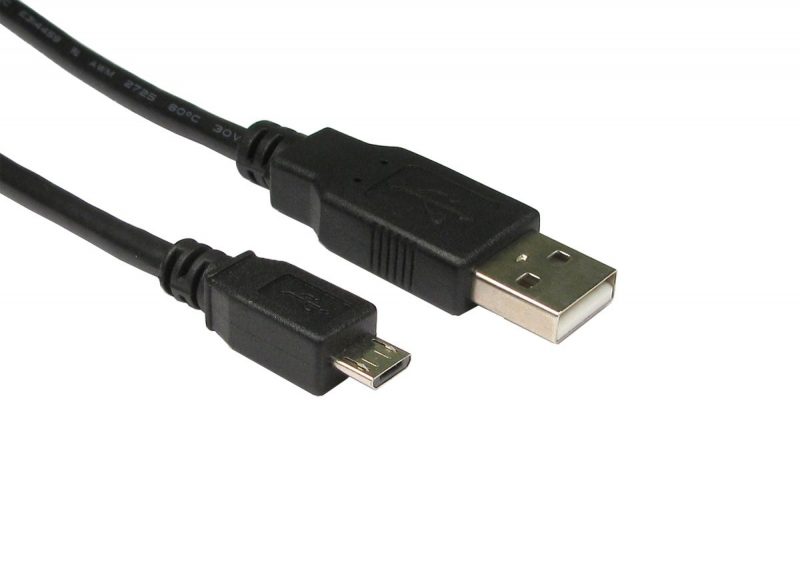
Related: Thunderbolt 3 vs USB Type-C: The spot-on difference
Type A standard is that rectangular-shaped USB end that connects to a laptop/charger head/printer etc. The other end is the type B micro USB. As of writing this post, most devices use a 2.0 micro USB, apart from newer devices. This connector can only go in one way and has two hooks at the bottom to hold the cable in place.
Micro USB became the industry standard and replaced the various type B connectors i.e Nokia and Samsung’s proprietary connectors of yonder year. Naturally the iPhone has its own cables but let’s not go there. As we said, micro USB usually comes in 2.0 variant but the likes of Samsung have shipped the devices with a more modern 3.0 micro USB although that’s a rarity.
USB C: The new industry standard?
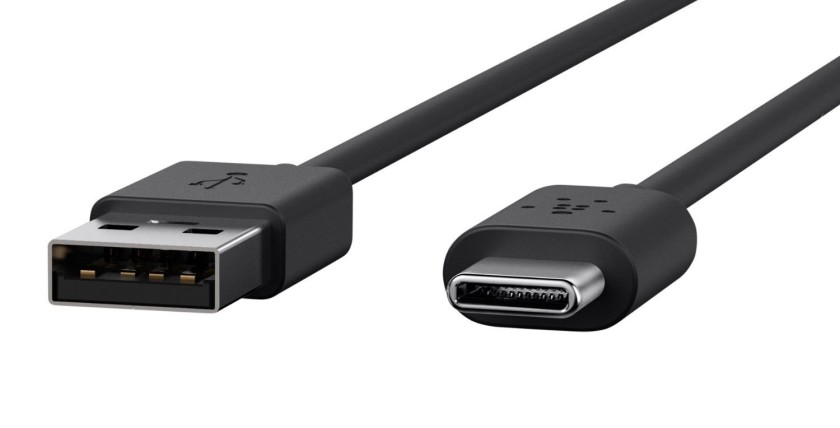
At first blush , USB C looks slightly bigger than micro USB. Owing to its oblong shape, you can plug it in whichever way without worrying about which side is up. This standard takes advantage of USB 3.1 and 3.0 data transfer speeds and a higher throughput capability to ensure a fast charge along with transfer rates from 5Gbps to 10Gbps. It can deliver up to 100W of power, enough to charge a laptop and other such devices. (Apple already uses this standard on their Macbooks).That said, you will probably come across USB 2.0 type C cables more often than not, especially for smartphone devices which don’t much require the extra oomph!
Related post: How to charge your USB-C smartphone using a Micro-USB charger
One-size fits all
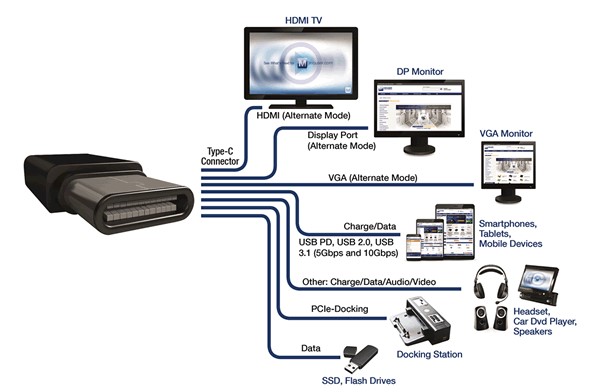
USB C is designed to be a one-size-fits-all able to replace connector cables in smartphones, game controllers, Display Port, HDMI, cameras, laptops, printers, scanners, and whatever gadgetry you can think of. As Apple has shown to our chagrin, USB-C is gearing to replace type A ports (along with micro USB cables) with double-ended connector cables.Whereas micro USB is limited by design, USB-C has the potential to replace most of the current peripherals in use today.
Related post: USB 3.0, 3.1, 3.2, 4.0 and Thunderbolt specs and feature comparison
Do I need USB-C?
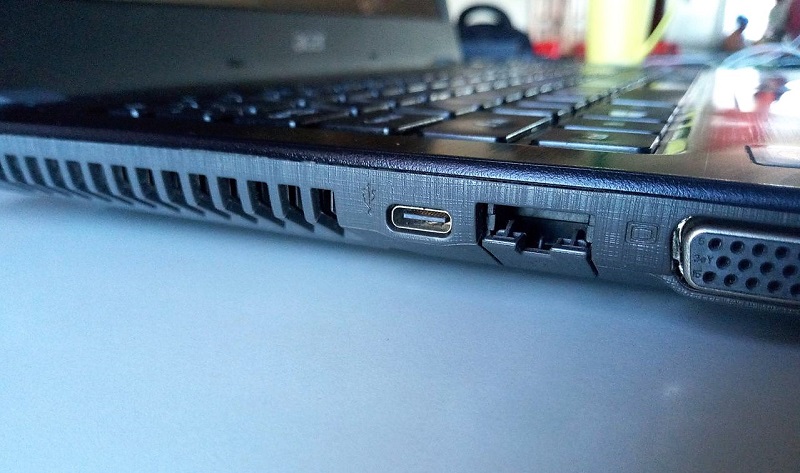
The short answer to this and Yes. And No. If you’ve bought a PC recently, you’ll notice that you got a USB-C port tucked away somewhere on the frame. That’s alongside the regular Type-A USB slots and the power slot. Your USB-C smartphone is probably connected to a USB Type A connector as well. The truth of the matter is most people don’t yet need USB-C just yet but we are in a transition as we speak.
Some of the drawbacks to USB-C is that it’s not backwards compatible much as the underlying USB standard is. Micro USB, the current reigning king has limited uses away from smartphones although it has had time to seize the market and consolidate its leadership.
Regardless, we will see USB-C slowly take over the market with every new device that supports the standard. The sheer possibilities of what USB-C are limitless. Throw in Thunderbolt and capability to replace most connector cables in use today and you have yourself a remarkably hostile takeover.
Featured Image: 9to5mac.com


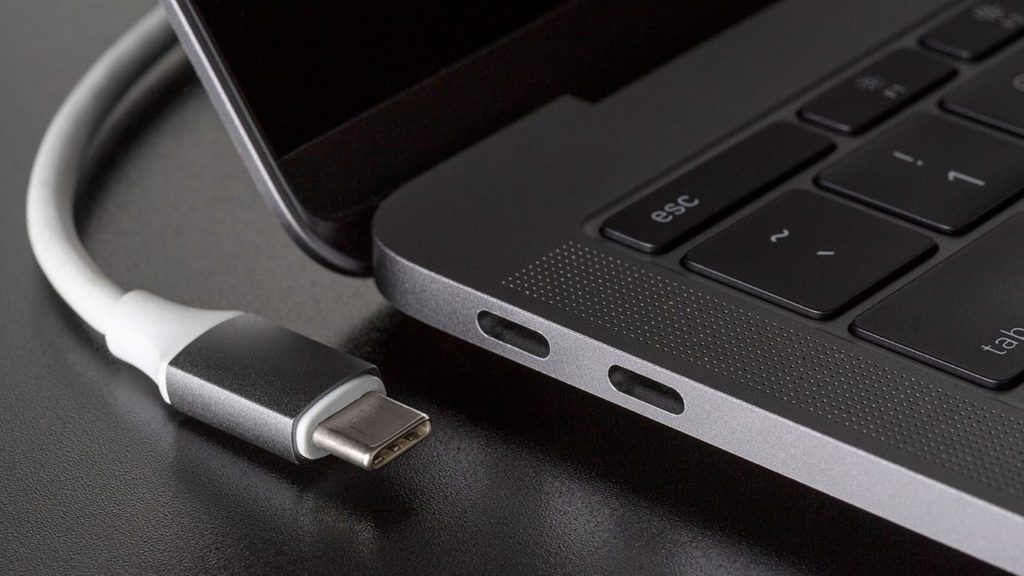

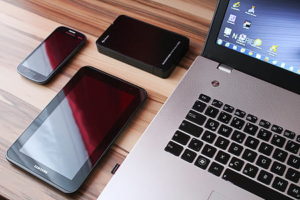
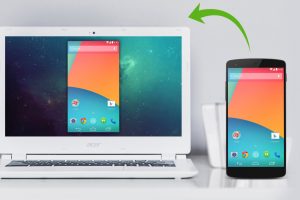







6 thoughts on “The difference between Micro USB and USB-C ”